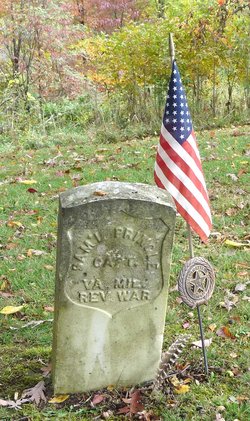I did not fill the hummingbird feeders before we left so I was surprised to see one small fellow still here, braving the rain to scold me. His feeder was quickly filled! I cannot remember if the hummers have stayed this late in the year before, but it seems odd, especially given the recent turn to cooler temperatures.
This cooling trend is so welcome. I am tired, tired, tired of sweating, of heat and humidity. It has not been a nice summer in my region. Either too much rain or not enough, day after day of temps in the 90's and humidity over the top. I have never been a fan of summer; last year was great, but this year I was ready to pack up and head to Canada. Well, not really, but their cool weather was sure tempting.
I packed several eBay packages yesterday. This one was the most difficult:
I ended up cobbling together several boxes to get one big enough. Now my fingers are crossed that it will make the trip to Massachusetts safely.
The other items sold recently included some Hofbauer Byrdes crystal coasters,

a mug made in Hungary by an obscure pottery (Barakonyi),

a vintage nurse's uniform,
a brass plaque of a palm tree, embossed with the words Saudi Arabia and some other words in Farsi or some other mid-East language,
a Heisey decanter with a married stopper (mis-matched but works),
and a chocolate brown Fiesta Ware tray.
I love the variety of things I sell. It takes time to research each one to be sure my description is correct. Today I received a message telling me that a pitcher I listed was not quite what I thought it was. I appreciate people who share their knowledge so that my listings are accurate. I try to do the same when I can.
Yesterday afternoon I worked on the upcoming ghost walk. I found several details I'd previously overlooked and that sent me back to my research and the computer to try to find more information. These stories are like a scavenger hunt, really, as I hunt for facts, details, and connections I may have missed. Sometimes I find I can develop a whole new story, and that's always satisfying.
 |
| Books, books and books. What would I do without my books? And this is just the tip of the iceberg. |
Before we left for Chattanooga I completed the last step of getting another CD finished: calling the production company and giving them my credit card number. The CDs should be here by the weekend or early next week. That makes two new ones this year! I am trying to catch up on getting my stories recorded as I haven't released a new CD in a long time. Look for another one in the spring of 2019, and possibly another in the fall of that year.
I have been listening to the news about the Supreme Court hearings and thinking about this moment in our history. So many women are now sharing stories of what has happened to them in the past, and why the did not come forward. I've had my own experiences and understand the reluctance. I remember feeling ashamed, and remember the boys/men involved each time making me feel like I was a prude, didn't have a sense of humor, thought I was too good for them, owed it to them, etc, etc. As a young girl, shy, sheltered and unsure of myself anyway, I could not even begin to bring myself to tell anyone. As a woman, I thought perhaps they were right--I was a prude and had no sense of humor. I feel for this judge, facing accusations from so long ago, and I also understand why the women may never have mentioned it before. I can only hope that this lady receives better treatment than Anita Hill did, and that both she and the judge will have a fair, objective hearing.
Well, back to work. I've had enough coffee to keep me going even though the rain makes me sleepy. Tonight, another fire like the one we had when we came home from Chattanooga? I think so.
Copyright Susanna Holstein. All rights reserved. No Republication or Redistribution Allowed without attribution to Susanna Holstein.


















































